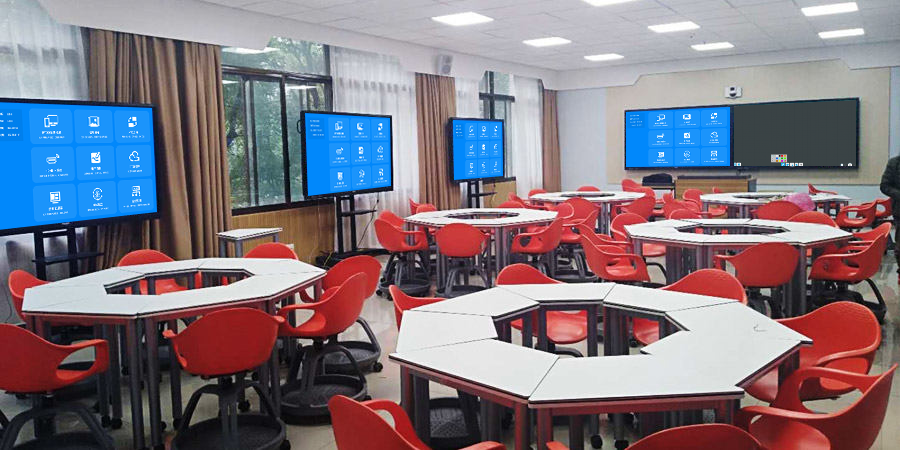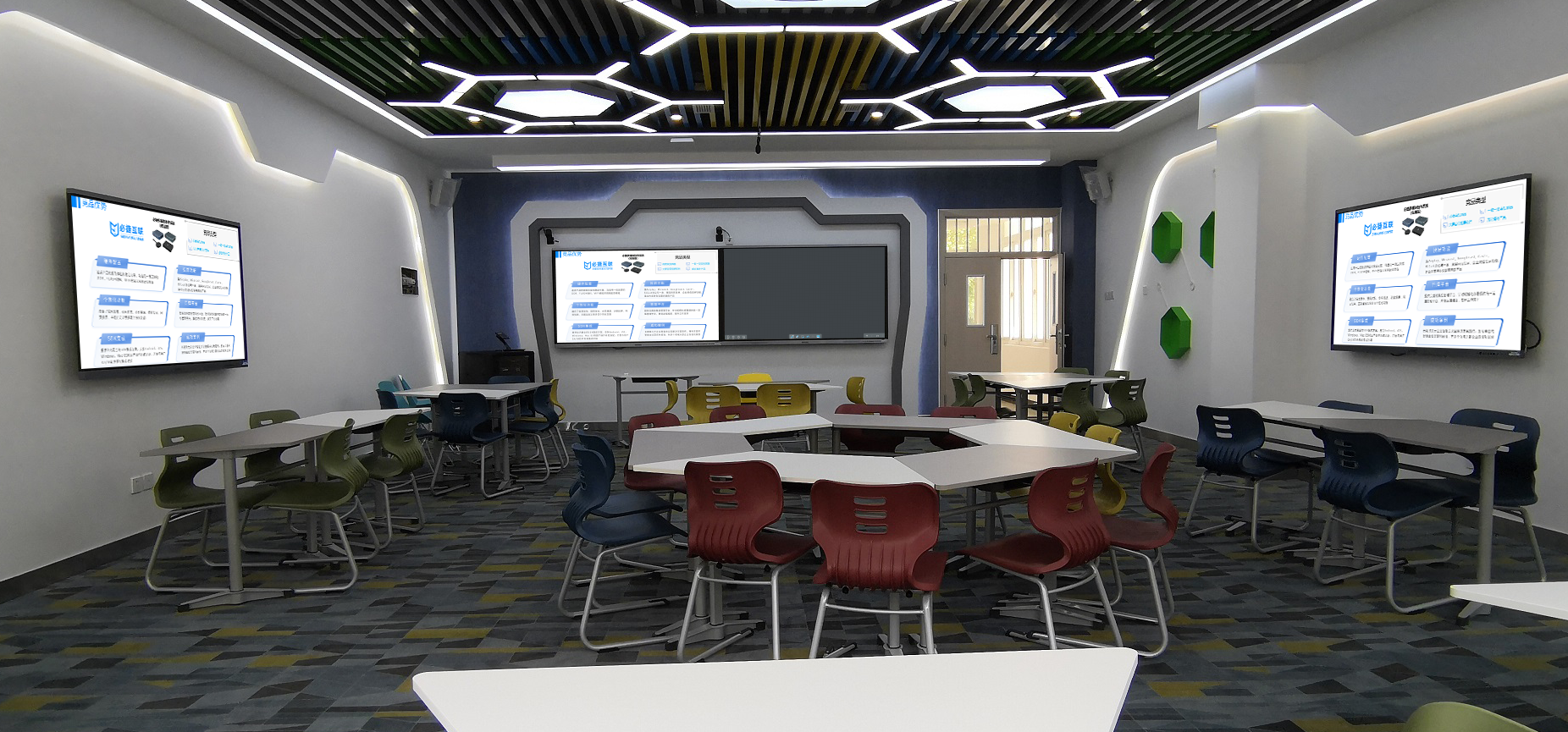Multi-Screen Collaboration: A New Paradigm for Boundary-Breaking Teamwork
The multi-screen collaboration solution uses technology integration to create an interconnected ecosystem of multiple terminals, such as phones, computers, tablets, and large screens. It enables seamless content flow and two-way control, injecting new momentum for efficient collaboration in scenarios like office, education, and design.
Core Collaboration Capabilities
- Cross-System Interconnection: It breaks through the barriers of iOS, Android, Windows, and macOS systems, supporting cross-device operations like file transfers between a phone and a computer, screen synchronization between a tablet and a large screen, and a computer calling a phone’s camera. Connections can be established with native system functions or a simple pairing process, with a device response latency as low as 20ms.
- Intelligent Content Flow: It supports one-click migration of documents, pictures, and videos between multiple screens, maintaining the continuity of their editing status. For example, an unfinished PPT on a phone can be seamlessly synced to a computer for continued editing, and a hand-drawn sketch on a tablet can be directly projected onto a large screen for team annotation, avoiding version confusion caused by repeated transfers.
- Two-Way Control System: The large screen can directly control the mirrored device, such as swiping to switch photos in a phone’s album on a conference screen. The small screen can remotely control large screen functions, such as using a tablet to adjust the volume and playback progress of a classroom’s main screen. Multi-device operation feels like using a single terminal, making the collaboration process smoother.
- Split-Screen Aggregation Display: It supports displaying different content on 4 screens simultaneously, and the system can intelligently identify and aggregate similar information. For example, in an office, client data, data analysis tables, and communication records can be displayed in a split-screen view. In a classroom, courseware, student assignments, and real-time quiz data can be presented at the same time, boosting information retrieval efficiency by 60%.

Scenario-Based Collaboration Applications
- Office Meeting Collaboration: The main conference room screen and the participants’ computers and phones form a linked network. A presenter can mirror a draft proposal from a computer, and others can use their phones to annotate revisions, with the main screen aggregating annotations from different devices in real time. The video feed of remote participants and the local mirrored content can be displayed in a split-screen view, making remote collaboration feel like an in-person discussion and increasing decision-making efficiency by 40%.
- Classroom Interactive Teaching: The teacher’s main screen, student tablets, and group interactive screens form a multi-dimensional collaboration space. A teacher can push courseware to student terminals, and students can use their tablets to annotate doubts and send them back to the main screen. During group discussions, the results of each group can be compared in a split-screen view on the large screen, and the teacher can use a stylus to annotate in real time, increasing classroom participation by over 50%.
- Creative Design Workflow: A designer can sketch a draft on a tablet, mirror it to a computer for detailed refinement, and then sync it to a large screen for team review. Team members can use different terminals to annotate revision suggestions, and the system automatically consolidates all annotations and generates a revision list, shortening the design iteration cycle by 30%.
- Home Entertainment Linkage: The living room TV, a bedroom tablet, and a phone form an entertainment collaboration network. When mirroring a movie, the phone can act as a remote to adjust the progress, and the tablet can simultaneously display the movie’s dialogue for children to follow along. In a multiplayer game, the phone can serve as a second screen to display a map or inventory, with the main game screen on the large display, upgrading the immersive experience.
Management and Security Guarantees
- Tiered Permission Control: Different operational permissions are set for “administrator – user – visitor.” In an office scenario, regular employees can only mirror content to the conference screen, while the administrator can control multi-device connection permissions. In a teaching scenario, student terminals can only receive resources pushed by the teacher, preventing irrelevant operations from disrupting the class.
- Collaborative Data Encryption: End-to-end encryption technology is used for content transmission across screens, preventing information from being stolen or tampered with during the process. It supports setting up a collaboration whitelist, allowing only authorized devices to join the collaborative network, which protects sensitive information like trade secrets and educational data.
- Simple Operations and Maintenance System: An administrator can view the collaboration status of all devices via the backend, including connection frequency, data transmission volume, and fault alarms. It supports remote updates of collaboration protocols and optimization of connection parameters. An automatic device compatibility detection feature can provide an early warning of potential connection problems, reducing maintenance costs by 50%.
The core value of the multi-screen collaboration solution lies in transforming fragmented device resources into a collaborative whole, shifting collaboration from “taking turns” to “synchronized interaction.” Whether it’s cross-scenario information flow or real-time participation of multiple roles, efficiency can be boosted through technology, redefining the mode of collaboration in the digital age.